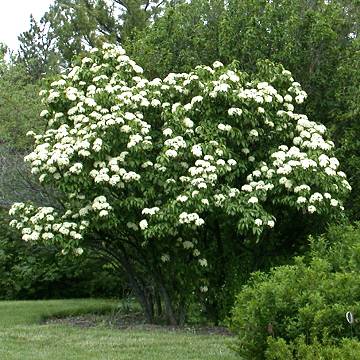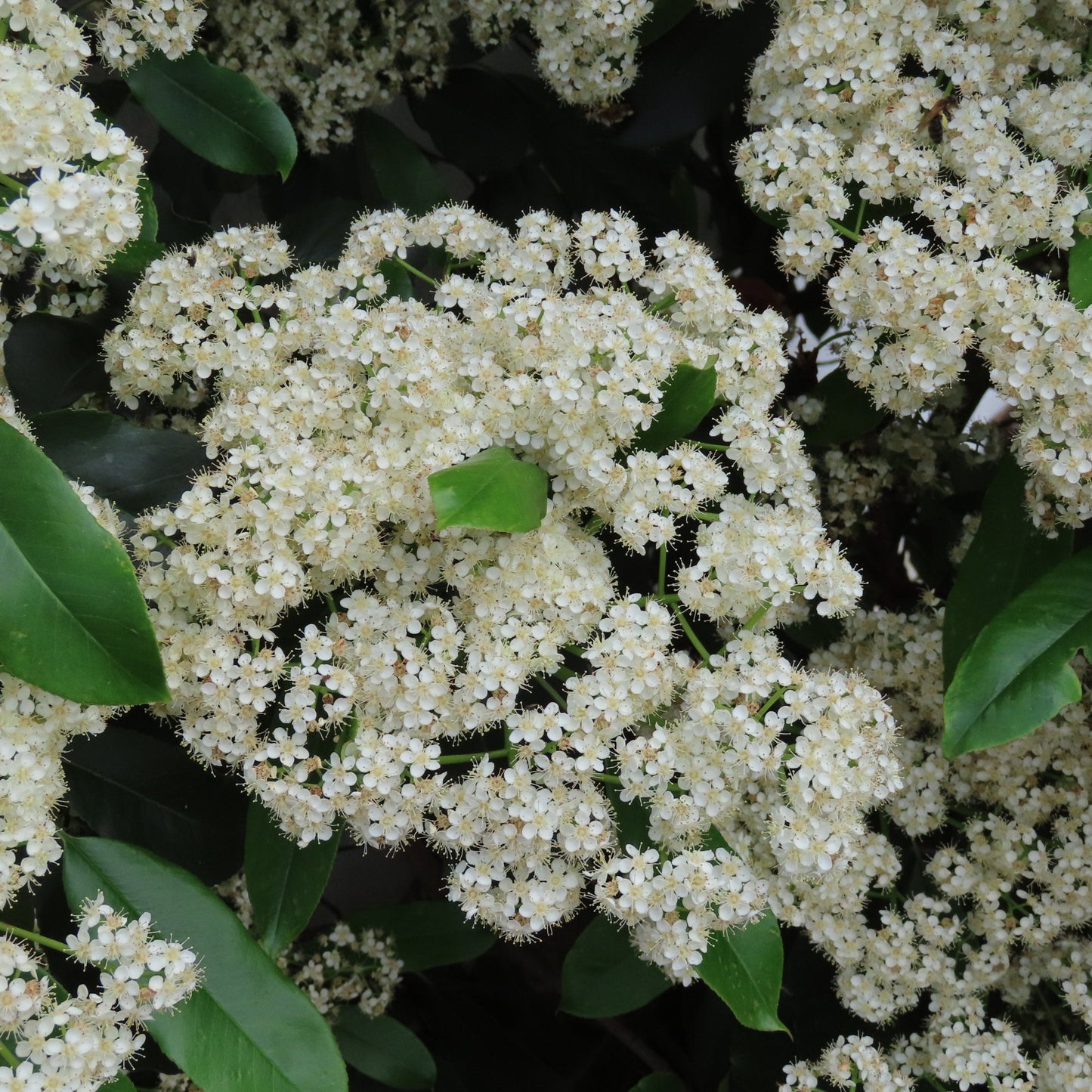Limited Quantities - Reserve Now For Fall
-
Beginner Zones 2-8

-

Nannyberry Viburnum Bush
Nannyberry Viburnum Bush
Couldn't load pickup availability
Viburnum lentago
The Nannyberry Viburnum is a hardy, versatile, and multi-seasonal native shrub known for its fragrant white flowers, edible blue-black berries, and stunning fall foliage. This low-maintenance, adaptable plant thrives in a variety of soil conditions and can be grown as a shrub or small tree, making it an excellent choice for wildlife gardens, hedges, erosion control, and naturalized landscapes.
Nannyberry Viburnum Bush
| Attribute | Details |
|---|---|
| Variety | Rooted |
| Botanical Name | Viburnum lentago |
| Common Names | Nannyberry, Sweet Viburnum, Sheepberry |
| Mature Height | 10-20 feet |
| Mature Width | 6-12 feet |
| Growth Rate | Moderate to Fast (1-2 feet per year) |
| Lifespan | 50+ years |
| USDA Hardiness Zones | 2-8 |
| Sun Preference | Full sun to partial shade |
| Soil Type | Well-drained, loamy, sandy, or slightly clay soils |
| Soil pH | Slightly acidic to neutral (6.0-7.5) |
| Water Needs | Moderate; drought-tolerant once established |
| Flowering Season | Spring (April-May) |
| Flower Color | Creamy white clusters |
| Fruit | Edible blue-black berries (fall) |
| Fall Foliage | Red to burgundy |
| Wildlife Attraction | Bees, butterflies, birds, deer, small mammals |
| Growth Habit | Multi-stemmed shrub or small tree |
| Self-Pollinating? | Yes, but better fruit production with multiple plants |
| Landscape Uses | Privacy hedges, windbreaks, wildlife gardens, erosion control, specimen planting |
| Maintenance Level | Low |
Environmental Benefits
🦋 Supports Pollinators & Wildlife – Produces nectar-rich flowers for bees and butterflies and berries that birds and mammals love.
🌱 Erosion Control & Soil Stability – Thrives in varied soil conditions, making it excellent for stabilizing slopes and preventing erosion.
🌳 Air Purification & Carbon Absorption – Helps improve air quality while capturing carbon dioxide.
💧 Drought-Tolerant & Adaptable – Once established, it tolerates dry conditions, making it a great option for sustainable landscapes.
Pros & Cons
| Pros | Cons |
|---|---|
| Fast-growing and easy to establish | Can spread through suckers if not maintained |
| Attracts pollinators, songbirds, and wildlife | Requires occasional pruning to maintain shape |
| Edible berries are great for fresh eating, jams, and baking | Needs consistent moisture during establishment |
| Resistant to most pests and diseases | Berries may stain walkways if not harvested |
| Beautiful fall foliage and fragrant spring flowers | Best fruit production requires multiple plants for cross-pollination |
Planting & Care Guide
- Spacing: Plant 6-12 feet apart for hedges or 10-15 feet apart for individual plants
- Soaking: Soak roots in water for 6-12 hours before planting
- Planting Depth: Dig a hole twice the width of the root system, ensuring roots are level with the soil surface
- Mulching: Apply a 2-3 inch layer of mulch to retain moisture and suppress weeds
- Pruning: Prune in late winter or early spring to shape and remove dead wood
- Fertilization: Use a balanced fertilizer in early spring to promote strong growth and flowering
- Watering: Water regularly until established, then reduce frequency as the plant matures
The Nannyberry Viburnum is an exceptional choice for gardeners and landscapers looking for a multi-functional shrub that provides privacy, supports wildlife, and offers ornamental beauty. Whether grown as a hedge, windbreak, or stand-alone specimen, this resilient and adaptable plant is a low-maintenance, long-lasting investment for any outdoor space.
Share




